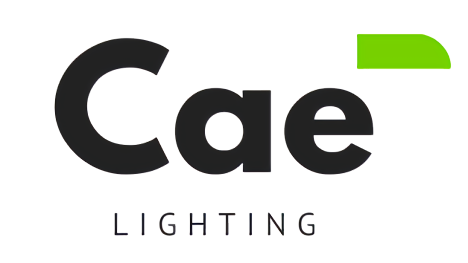Precision Lighting for Data Centers: Configuring Zones and Scenes to Cut Energy Waste
- Introduction to Data Center Lighting
- Understanding Light Zoning
- Custom Scene Setting Explained
- Key Components of Data Center Lighting Systems
- Designing Effective Light Zones
- Implementing Custom Scenes
- Energy Efficiency and Sustainability
- Safety and Compliance Considerations
- Frequently Asked Questions (FAQ)
Key Takeaways
| Aspect | Insight |
|---|---|
| Light Zoning | Enhances energy efficiency and operational effectiveness in data centers. |
| Custom Scene Setting | Allows tailored lighting for various operational scenarios. |
| LED Fixtures | Offer high efficiency, longevity, and reduced heat output. |
| CAE Lighting Solutions | Provide specialized products like SquareBeam Elite and Quattro Triproof Batten. |
| Integration with BMS | Facilitates centralized control and monitoring of lighting systems. |
| Compliance & Safety | Ensures adherence to regulatory standards and enhances workplace safety. |
1. Introduction to Data Center Lighting
Effective lighting in data centers is crucial for both operational efficiency and safety. Utilizing commercial LED lighting can provide up to 70% energy savings compared to traditional lighting options. (caeled.com)
2. Understanding Light Zoning
- Enhances Energy Efficiency: By illuminating only active zones, unnecessary energy consumption is minimized.
- Improves Operational Effectiveness: Tailored lighting supports specific tasks, reducing errors and increasing productivity.
Implementing light zoning requires careful planning to align with the data center’s layout and operational needs.
3. Custom Scene Setting Explained
Custom scene setting refers to pre-programmed lighting configurations tailored to specific operational scenarios, such as:
- Maintenance Mode: Increased brightness for detailed inspections.
- Emergency Mode: Illuminated exit paths and critical areas.
- Normal Operation: Standard lighting levels for daily activities.
These scenes can be activated manually or automatically, enhancing flexibility and responsiveness.
4. Key Components of Data Center Lighting Systems
- LED Fixtures: Offer high efficiency, longevity, and reduced heat output.
- Sensors: Detect occupancy and ambient light levels to adjust lighting accordingly.
- Control Systems: Manage lighting zones and scenes, often integrated with Building Management Systems (BMS).
CAE Lighting provides specialized products like the SquareBeam Elite and Quattro Triproof Batten designed for data center environments.
5. Designing Effective Light Zones
- Assess the Layout: Identify areas with different lighting needs, such as server aisles, workstations, and storage rooms.
- Determine Lighting Requirements: Consider factors like task complexity and occupancy patterns.
- Select Appropriate Fixtures: Choose fixtures that meet the specific needs of each zone.
Properly designed light zones contribute to energy savings and improved operational efficiency.
6. Implementing Custom Scenes
- Identify Operational Scenarios: Determine the different activities that occur in the data center.
- Define Lighting Requirements: Specify the lighting levels and zones needed for each scenario.
- Program Control Systems: Use lighting control software to create and manage scenes.
Regular testing ensures that scenes function as intended and meet operational needs.
7. Energy Efficiency and Sustainability
- Reduced Energy Consumption: LED fixtures and smart controls minimize unnecessary usage.
- Lower Cooling Loads: LEDs emit less heat, reducing the burden on HVAC systems.
- Sustainability Goals: Energy-efficient lighting supports certifications like LEED and ISO 14001.
Implementing energy-efficient lighting aligns with environmental responsibility and cost savings.
8. Safety and Compliance Considerations
- Adequate Illumination: Sufficient lighting levels prevent accidents and support emergency procedures.
- Regulatory Standards: Compliance with standards like OSHA and local building codes is mandatory.
- Emergency Lighting: Backup systems ensure visibility during power outages.
Regular audits and maintenance uphold safety standards and operational integrity.
Frequently Asked Questions (FAQ)
Q1: What is light zoning in data centers?
A1: Light zoning involves dividing a data center into specific areas with tailored lighting to enhance efficiency and functionality.
Q2: How does custom scene setting benefit data center operations?
A2: It allows for predefined lighting configurations suited to various scenarios, improving adaptability and energy management.
Q3: Why are LED fixtures preferred in data centers?
A3: LEDs offer high efficiency, longer lifespan, and emit less heat, making them ideal for data center environments.
Q4: How do lighting systems integrate with Building Management Systems (BMS)?
A4: Integration allows centralized control and monitoring, facilitating efficient energy use and maintenance.
Q5: What safety considerations are essential for data center lighting?
A5: Ensuring adequate illumination, compliance with regulations, and reliable emergency lighting are key safety aspects.
For more information on specialized lighting solutions, visit CAE Lighting.
